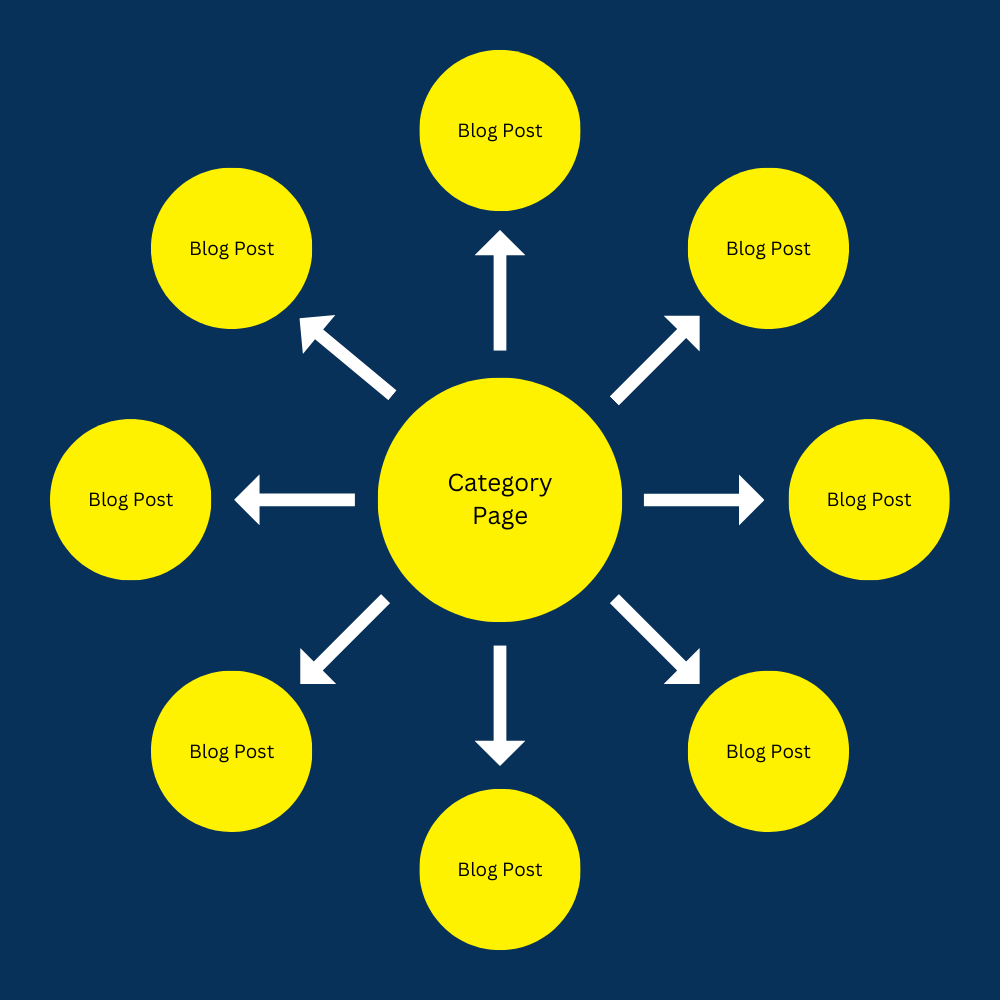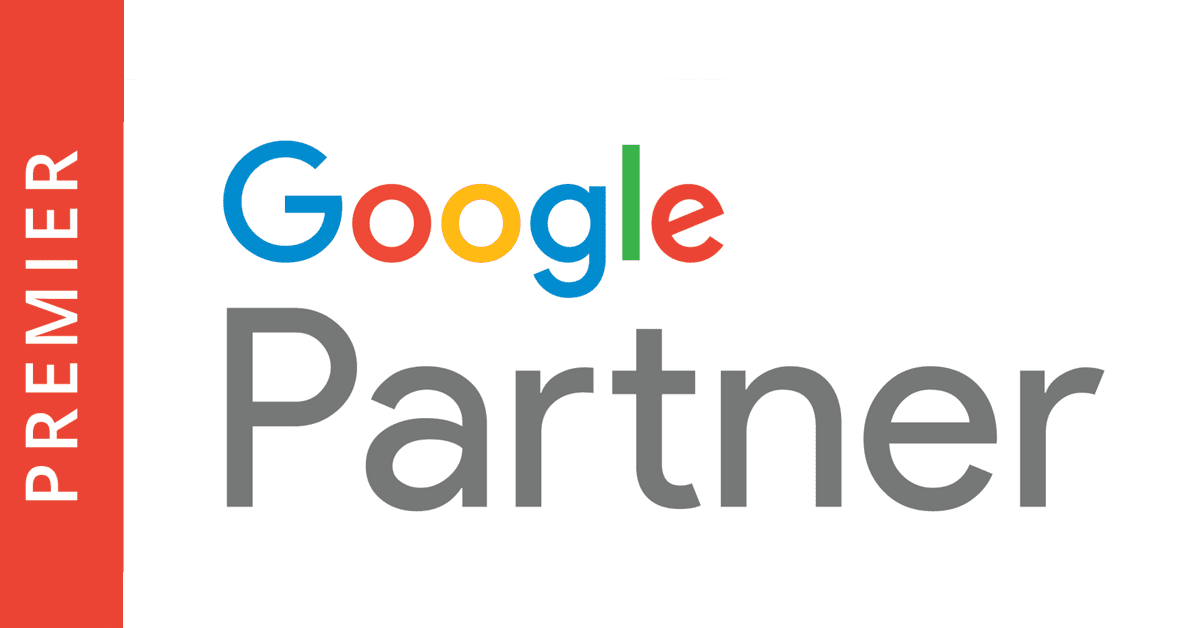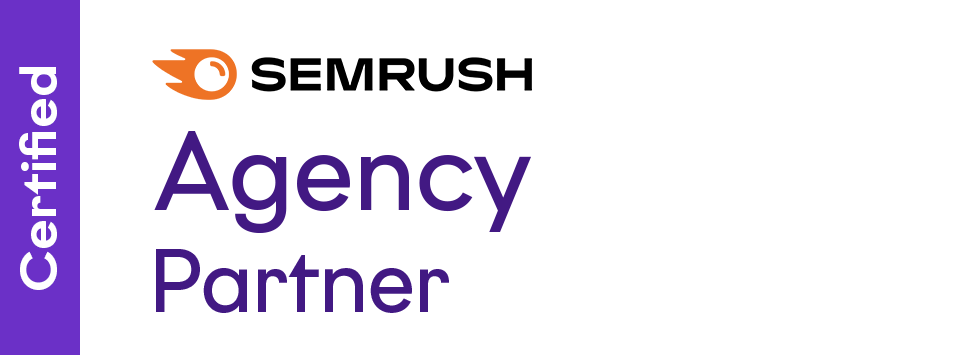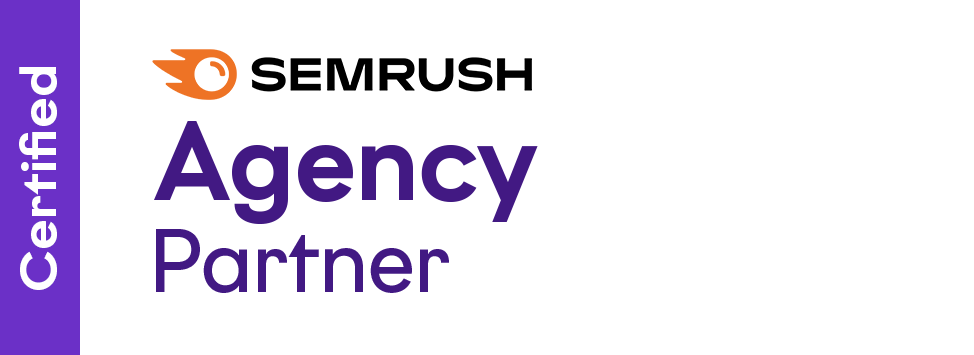Attaining top rankings in search engine results, particularly on Google, is a goal many aspire to. It’s a prestigious position that commands attention, yet achieving it requires diligent effort and a comprehensive understanding of SEO principles. This journey to the summit of Google’s search results is challenging but rewarding for those with the right knowledge and strategies.
Figuring out how to gain traction can be a bit of a mystery for some. But we’re a fan of dismantling puzzles and putting them simply. So, in this article, we’ve boiled down your must-do steps for dominating Google into five signals you need to master. Use these as a checklist and stepping stones to success, and you’ll be ahead of your competition.
Recent insights from the U.S. Department of Justice documents have shed light on what is now known as Google’s “3 Pillars of Ranking”. Those are:
- Body: What the document says about itself
- Anchors: What the web says about the document
- User Interactions: What the user say about the document
Google also stated that they may use clicks as a stand-in for user interactions in some places. User interactions include clicks, attention on a result, swipes on carousels and entering a new query.
How can we optimise for these ranking factors?
These pillars form the foundation of how Google evaluates and ranks web content. For that reason, optimising your content for these factors is crucial. Here are some tips on how to do that:
Create Quality Content & Optimize It
The essence of impactful SEO lies in producing high-quality content. It’s not just about integrating the right keywords; it’s about crafting content that resonates with your audience, providing value, and establishing your site as a credible resource.
- Content Relevance and Depth: Go beyond surface-level information. Delve into topics with depth and insight. Ensure that every content is relevant to your audience’s interests and needs.
- Originality and Uniqueness: Create content that stands out. Avoid generic information; offer unique perspectives or solutions. Originality is crucial in setting your site apart in Google’s eyes.
- Engaging and Well-Structured Content: Present your content in an engaging, reader-friendly format. Utilize headings, subheadings, and bullet points to improve readability. Incorporate multimedia elements like images and videos to enrich the user experience.
- Answering User Queries: Aim to address your audience’s questions and pain points. This approach increases relevance and aligns with Google’s focus on user intent.
- Avoiding Keyword Stuffing: While keywords are essential, overuse can harm your SEO. Use them judiciously and naturally within your content.
By prioritizing these aspects of quality content, you enhance your website’s attractiveness to both users and search engines, laying a solid foundation for improved Google rankings.
Obtain Contextual Backlinks
Regarding backlinks, Google goes beyond counting the number of links. The search engine now examines the anchor text of these links to understand the context and relevance. This means that not all backlinks are created equal. A backlink with relevant anchor text from a reputable site can significantly boost your site’s authority and ranking.
Further reading: What is a Natural Link: Tips for Good SEO Backlinks
User Interactions Matter
User interactions with your website play a pivotal role in Google’s assessment of your site’s value. This factor encompasses how users engage with your content, including metrics like click-through rates (CTR), time spent on page, bounce rates, and user engagement patterns.
- Optimizing for Click-Through Rates (CTR): Craft compelling titles and meta descriptions to improve the likelihood of clicks from search results. Analyze search query reports to understand what draws users to click.
- Enhancing User Engagement: Offer valuable, engaging content to keep users on your page longer. Incorporate multimedia elements like images, videos, and infographics to break up text and enhance user experience. Internal linking to relevant content can increase engagement and time spent on the site.
- Improving Page Layout and Usability: A well-structured, easily navigable website encourages longer stays and deeper exploration. Pay attention to layout, load times, and mobile responsiveness.
- Analyzing User Behavior: Utilize tools like Google Analytics to monitor how users interact with your site. Look at metrics such as bounce rate and pages per session to identify improvement areas.
By focusing on these aspects of user interactions, you create a website that ranks well and genuinely serves your audience’s needs, aligning perfectly with Google’s aim to provide the best user experience.
Going Further: Additional SEO Ranking Factors To Consider
Keyword Placement
Understanding the Importance: Keyword placement is more than just adding relevant words to your content. It’s about strategically positioning them where they have the most impact. This involves placing keywords in titles, headings, the first 100 words, and throughout the content in a natural, reader-friendly manner.
Best Practices for Effective Keyword Placement:
- Title Tags: Include your primary keyword in the title tag, preferably near the beginning.
- Headings and Subheadings: Use keywords in H1 and H2 tags to structure your content and signal its relevance to search engines.
- Opening Paragraph: Embed your primary keyword in the first 100 words to establish topic relevance early on.
- Meta Descriptions: Although not a direct ranking factor, including keywords in meta descriptions can improve click-through rates by making your content more relevant to searchers.
Core Web Vitals
Focusing on User Experience: Core Web Vitals are a set of metrics related to speed, responsiveness, and visual stability. They include Largest Contentful Paint (LCP), First Input Delay (FID), and Cumulative Layout Shift (CLS). Improving these vitals enhances user experience, which is increasingly important for Google rankings.
Optimization Strategies:
- LCP Optimization: Speed up load times by optimizing images, leveraging browser caching, and reducing server response times.
- FID Improvement: Reduce JavaScript execution time and use a web worker to manage heavy tasks in the background.
- CLS Minimization: Ensure visual stability by avoiding unexpected layout shifts. This can be done by specifying image dimensions and avoiding inserting new content above existing content.
Not sure where to start? Use Google’s PageSpeed Insights tool to measure your website’s performance. This tool will also give you some tips on how to improve your score.
Further Reading: Website Speed Is An SEO Ranking Factor
Website Architecture

Crafting a User and SEO-Friendly Structure: A well-planned website architecture aids both users and search engines in navigating your site. It should be intuitive, logically structured, and reflect the hierarchy of your content.
Key Elements to Focus On:
- Simplified Navigation: Ensure that users can easily find what they’re looking for with a straightforward, clean navigation menu.
- URL Structure: Utilize SEO-friendly URLs that are descriptive and concise, reflecting the content of the page.
- Site Hierarchy: Structure your site in a way that categories and subcategories are clearly defined and content is grouped logically.
Internal Linking

Internal linking is a crucial aspect of SEO. This practice is not just beneficial for website navigation; it has several other advantages that significantly impact your site’s SEO performance.
Why Internal Linking is Effective:
- Improves Website Navigation: Internal links guide users through your website, leading them from one page to another relevant page. This enhances the user experience, making it easier for visitors to find more of your content.
- Distributes Page Authority and Ranking Power: Links are a way for search engines to crawl through sites. Internal links help distribute page authority (link equity) across your website. A highly authoritative page can pass on some of this value to other pages through internal links, boosting their potential to rank higher.
- Increases Pageviews and Reduces Bounce Rate: By providing relevant links to other pages on your site, you encourage visitors to continue exploring, increasing the overall time they spend on your site. This can lead to more pageviews per visit and a lower bounce rate, as visitors are more engaged with your content.
- Helps Search Engines Understand Site Structure and Content Hierarchy: Internal linking establishes a hierarchy on your site, giving search engines an idea of the structure of your content. It highlights your most important pages and shows how different pages are related to one another.
- Enhances Keyword Optimization: Using descriptive, keyword-rich anchor text in internal links aids in reinforcing the relevancy of those keywords for the linked pages. This practice can help those pages rank better for those specific terms.
Effective Internal Linking Strategies:
- Link to Relevant Content: Ensure that the internal links on your page lead to relevant content that adds value to the reader.
- Use Descriptive Anchor Texts: Opt for anchor texts that accurately describe the link’s content, using relevant keywords where appropriate.
- Balance Your Link Distribution: Aim for a natural and balanced approach, where important pages get more links but without over-concentrating links to any single page.
By implementing a thoughtful internal linking strategy, you can significantly improve the SEO and user experience of your website, aiding in both its discoverability and usability.
Further Reading: How Internal Links Can Boost Your Search Strategy
Predictions for Future SEO Trends
Looking ahead, SEO is likely to continue evolving, with a possible increased emphasis on user experience metrics, like Core Web Vitals, and the integration of artificial intelligence in search algorithms. We might see a greater focus on voice search optimization and local SEO and advancements in understanding user intent and context. Personalization and privacy considerations are also expected to play a significant role in shaping future SEO strategies.
More on SEO Trends: Five Key SEO Trends To Shape Your 2024 SEO Content Marketing
Further Reading
- E-A-T 101 Guide: Visit E-A-T 101 Guide for a comprehensive understanding of Google’s E-A-T (Expertise, Authoritativeness, and Trustworthiness) principles. This guide is essential for grasping how Google evaluates content quality and authority, which is integral to the ‘Body’ pillar of ranking.
- Ultimate Guide to Keyword Intent: Check out the Ultimate Guide to Keyword Intent to learn about aligning your content with user intent. This guide offers valuable insights into selecting the right keywords and understanding how they influence customer behaviour, tying into SEO’s ‘User Interactions’ aspect.
Final Thoughts
Achieving top rankings on Google is challenging but achievable with a solid understanding of its “3 Pillars of Ranking”: content, anchors, and user interactions. Focus on creating quality, in-depth content that naturally incorporates relevant keywords and encourages user engagement. Contextual backlinks are also vital for enhancing your site’s authority.
As SEO trends evolve, staying updated is crucial for maintaining a competitive edge. For personalized guidance and strategy, consider partnering with our Melbourne SEO agency, Digital Eagles. Contact us to enhance your online presence and climb the search engine ranks.



















